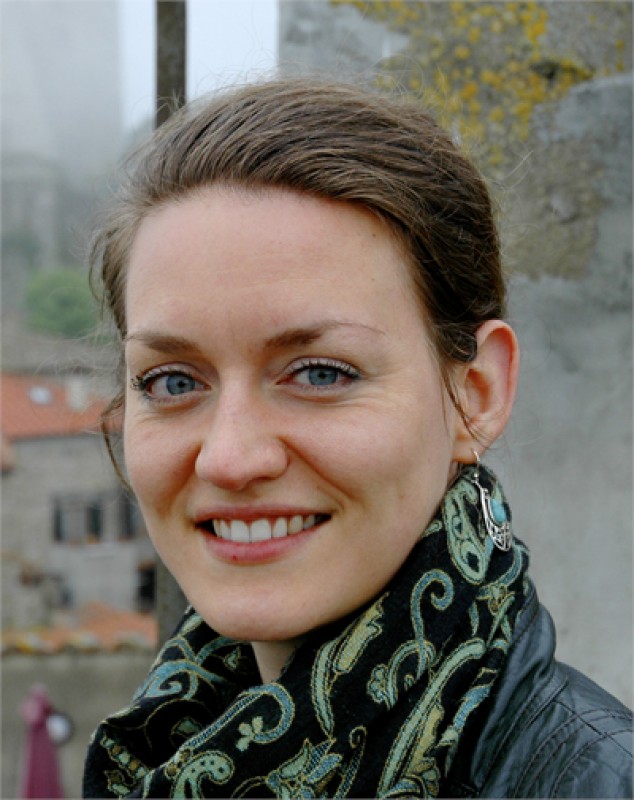KLI Colloquia are invited research talks of about an hour followed by 30 min discussion. The talks are held in English, open to the public, and offered in hybrid format.
Fall-Winter 2025-2026 KLI Colloquium Series
Join Zoom Meeting
https://us02web.zoom.us/j/5881861923?omn=85945744831
Meeting ID: 588 186 1923
25 Sept 2025 (Thurs) 3-4:30 PM CET
A Dynamic Canvas Model of Butterfly and Moth Color Patterns
Richard Gawne (Nevada State Museum)
14 Oct 2025 (Tues) 3-4:30 PM CET
Vienna, the Laboratory of Modernity
Richard Cockett (The Economist)
23 Oct 2025 (Thurs) 3-4:30 PM CET
How Darwinian is Darwinian Enough? The Case of Evolution and the Origins of Life
Ludo Schoenmakers (KLI)
6 Nov (Thurs) 3-4:30 PM CET
Common Knowledge Considered as Cause and Effect of Behavioral Modernity
Ronald Planer (University of Wollongong)
20 Nov (Thurs) 3-4:30 PM CET
Rates of Evolution, Time Scaling, and the Decoupling of Micro- and Macroevolution
Thomas Hansen (University of Oslo)
4 Dec (Thurs) 3-4:30 PM CET
Chance, Necessity, and the Evolution of Evolvability
Cristina Villegas (KLI)
8 Jan 2026 (Thurs) 3-4:30 PM CET
Embodied Rationality: Normative and Evolutionary Foundations
Enrico Petracca (KLI)
15 Jan 2026 (Thurs) 3-4:30 PM CET
On Experimental Models of Developmental Plasticity and Evolutionary Novelty
Patricia Beldade (Lisbon University)
29 Jan 2026 (Thurs) 3-4:30 PM CET
Jan Baedke (Ruhr University Bochum)
Event Details

Topic description/abstract
One of the most widespread and perhaps best-known hypotheses about human evolution is the Obstetrical Dilemma. Coined in 1960, the Obstetrical Dilemma combines several early 20th century ideas to explain why human childbirth is difficult and risky owing to a tight “fetopelvic” fit: There is an evolutionary tradeoff (“dilemma”) in the human pelvis arising from selection that favors a spacious birth canal that can accommodate birth of a big-brained baby, and simultaneously selection favoring a narrower or smaller birth canal as required by bipedal locomotion. As a result, human babies need to be delivered ‘early’ while they still fit through the birth canal and consequently are comparatively helpless for a primate newborn. In recent years, this hypothesis has come under fire and has been rejected by vocal critics on multiple grounds, including the alleged detrimental impact of the hypothesis on modern medical practice. Drawing on recent empirical and theoretical work, I show how the notions of an evolutionary tradeoff and bipedalism constraining pelvic expansion are well supported or at the least have not been successfully dismantled, and that, as a consequence, the Obstetrical Dilemma remains largely a tenable hypothesis.
Biographical note
Nicole Grunstra obtained a PhD in biological anthropology from the University of Cambridge (UK) and her expertise includeshuman evolution and functional, ecological, and evolutionary morphology of primates and other mammals. Central to her work is her passion for comparative morphology and natural history collections, as well as a fascination with macroevolutionary patterns of trait evolution and their relation to microevolutionary processes and developmental constraints.
At the KLI, Dr. Grunstra conducts research on human pelvic evolution and the evolution of difficult human childbirth in both an evolutionary medicine and a phylogenetic comparative framework. Together with her collaborators from the University of Vienna, she recently found support for the “pelvic floor hypothesis” of human pelvic evolution that predicts a trade-off between childbirth and pelvic floor support in the human bony pelvis. Comparative morphological work includes similarities and differences in pelvic sex differences in humans and chimpanzees, and obstetric adaptations in the pelvic morphology of bats (Chiroptera).


